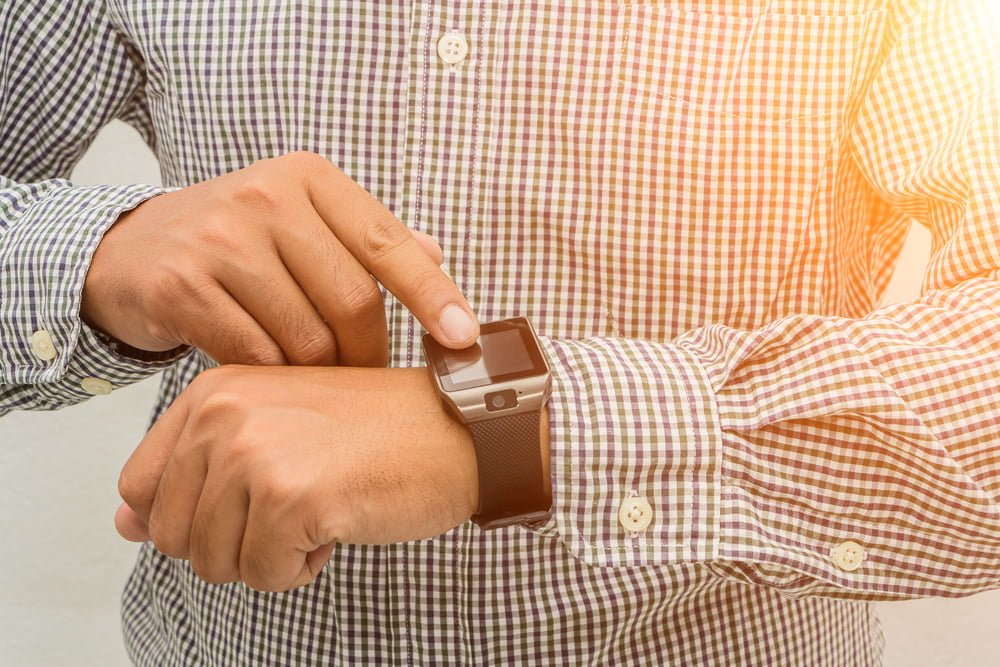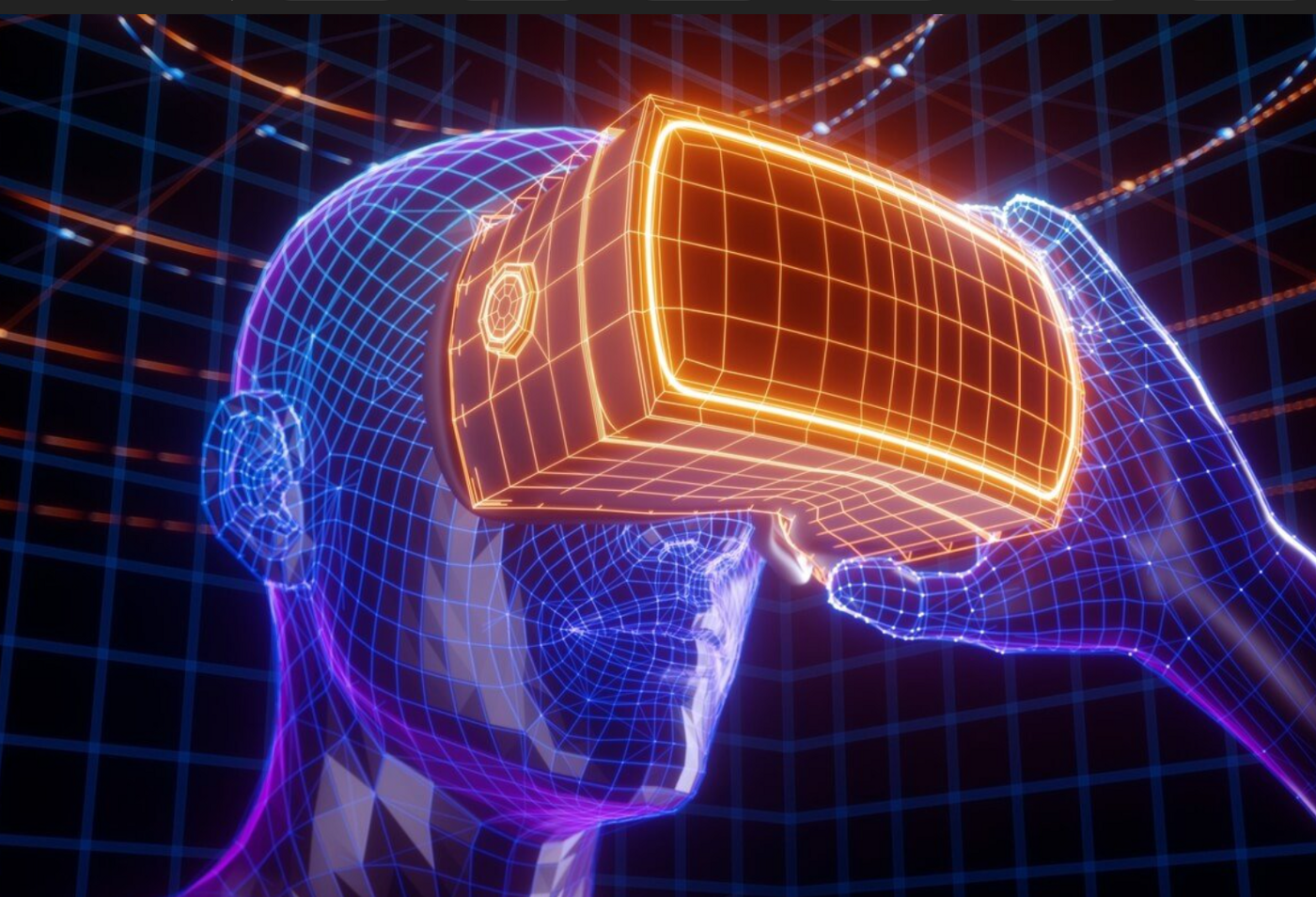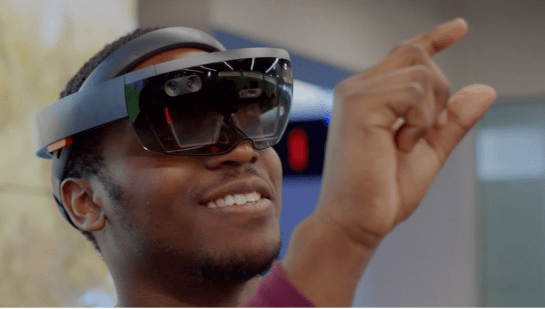Upon the release of Google Glass in 2012, invite-only Glass Explorer from celebrities to politicians was quick to show off the product that was named ‘one of the best inventions’ by TIME magazine. Future consumers had high expectations of the pre-ordered product that cost $1,500 each. Google Glass was released very quickly in its beta version due to popular demand. Doctors, drivers, journalists, and even Jerry Seinfeld used Google Glass over the course of 3 years. In 2015, Google discontinued the project, stating it has completed its experimental phase. Many were shocked and most have deemed the project a failure. However, Google Glass technology and other wearables are booming in their developing stage of the enterprise sector.
Medical Sector Benefits
Technology is available that can be developed into applications designed to replace current bulky technology, offer real-time information, and aid employees with their day-to-day tasks allowing them to become more efficient, while reducing long-term resource costs. Wearable technology such as a Google Glass can provide healthcare professionals with urgent information on patients that are being monitored, the location of employees at all times, and the availability of life-support resources during emergencies. An interface can be created that allows specialists to be in instant communication with on-call doctors in the case of life-threatening emergencies that require training in low-resource satellite locations. Emergency personnel can view live video feed from an ambulance or accident scene to assist in the evaluation of a medical emergency, as well as prepare for that patient’s arrival.
Employer Healthcare Cost Reduction
With ever-rising healthcare costs, employers are looking for creative ways to reduce spending. Increasing physical activity has shown to control weight, prevent diabetes, improve cardiovascular health, and benefit overall mental health. Employees enrolled in exercise programs spend less time at the doctor’s office, and reduce across-the-board absenteeism. With overpowering medical evidence, companies are turning to rewards-based incentives that focus on employees making healthier decisions. Devices that are supporting these efforts range from company-sponsored activity trackers, phone applications, and clothing wearables. As stated in the PwC report, The Wearable Life: Connected Living in a Wearable World,: “By 2020, more than 75 million wearables will permeate the workplace…”
Industry-Wide Wearables Take Over
Wearable technology is not only beneficial for medical industry but will infiltrate every sector that human resources are employed. In the warehousing industry, a device such as Google Glass can show logistics managers the exact location of merchandise and available inventory. Line workers can scan barcodes automatically by facing the product directly, replacing the need for hand-held equipment. Insurance adjusters would be able to free their hands and focus on safety precautions while on rooftops during estimates. An application could assist adjusters in the process by visualizing blueprints, taking automatic measurements, and guiding them through the estimation of a loss. A built-in speech-to-text option would assist in documenting Police reports via voice command, allowing officers more time policing.
Since the development of wearable technology has shifted its focus into the enterprise sector, possible applications of the technology have become endless. Endless applications in use with wearables can be created to streamline processes while saving in future costs.





